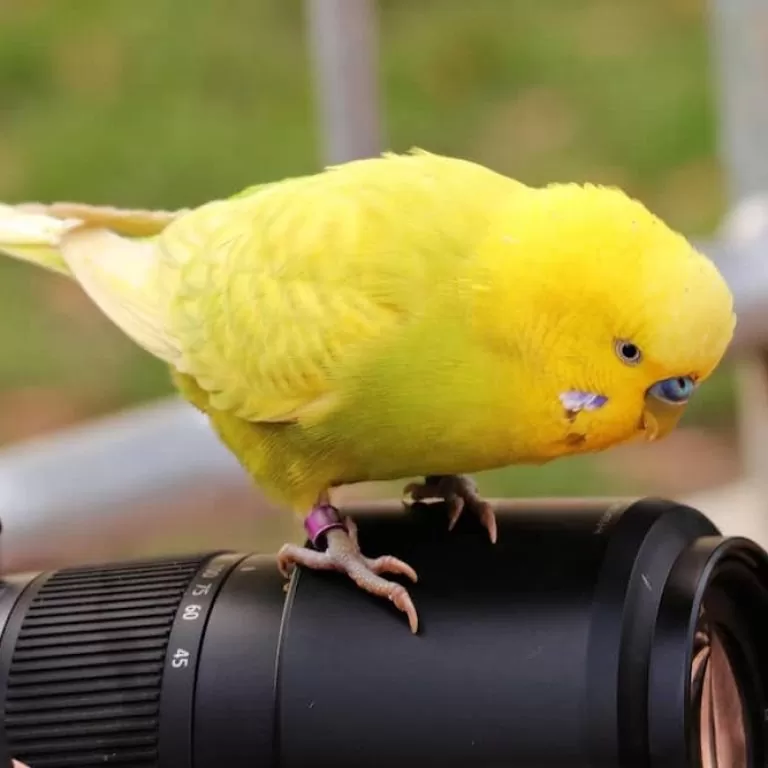
News Time-Lapse Captures Developments in Animals
Time-lapse can be used in so many ways, but something that has been popular since its inception is tracking the progress of nature and animal growth. Time-lapse photography can be used to capture a visual record of a significant stretch of time, such as an entire life or an important development stage and then distill the whole process into a few minutes. Time-lapse captures developments in animals, that can take hours, months or years and with clever editing, compresses them into mesmerising short videos.
Human development captured through time-lapse
Dutch filmmaker Frans Hofmeester has very effectively used time-lapse to chart the growth of his daughter Lotte from 0 to 20 years. Filming her for just a few minutes every week he has skilfully sped up and edited the video shorts to create an eye-catching and insightful time-lapse of her entire life. Having been capturing footage for 20 years, this is probably one of the longest-running and interesting time-lapse projects ever created. He has used a fixed point throughout, so he always captures the same head and shoulders image. He has updated the video throughout the years, from 0-12 years initially with further versions in her teenage years.
And he also has a son Vince, who he has been videoing from 0 – 16 years, capturing the boy’s development from baby to toddler to child to teen. This is just as fascinating to watch alongside Lotte’s time-lapse, as it juxtaposes the difference in visual development between females and males. There is a marked change from boy to teenager, and the continued footage until he is 18 years and beyond will be insightful as to how a teenager develops further into a man.
The eye-catching nature of time-lapse means that what may have started out as a personal project has garnered a huge following and millions of views. Humans love to see the fast pace growth of not only their own kind but also other animals and species.
Animal growth captured through time-lapse
A more home-spun time-lapse still effectively shows the growth of an arctic fox cub to a full-grown fox. This video doesn’t use one fixed point for capture but various angles at different times throughout the timespan. These short videos are edited together into a quick time-lapse video to showcase the growth from tiny cub onwards.
Insect development captured through time-lapse
The transformation from caterpillar to butterfly is something beautiful. National Geographic, one of the leaders in the world of natural history time-lapse capture, has put together a stunning, fast-paced time-lapse to visualise the lifecycle of a monarch butterfly. The high-quality cinematography time-lapse shows a speedy transformation from a pupa to adult butterfly.
Once again National Geographic beautifully captures growth in the natural world through their macro time-lapse of bees developing from larvae into bees. The intimate time-lapse takes viewers into the private world of the beehive. This six-month project with a continually running fixed camera system is condensed down into just a few quick minutes with a cleverly edited time-lapse sequence.
Why use time-lapse
Time-lapse is a useful tool to condense the lengthy and often subtle changes in the growth of humans, animals and nature. It gives us an insight into the often private and unseen and speeds it all up so we can appreciate dramatic changes over time. Time-lapse captures developments in animals that are not only eye-catching but also an informative way of documenting the development of humans, animals and nature.